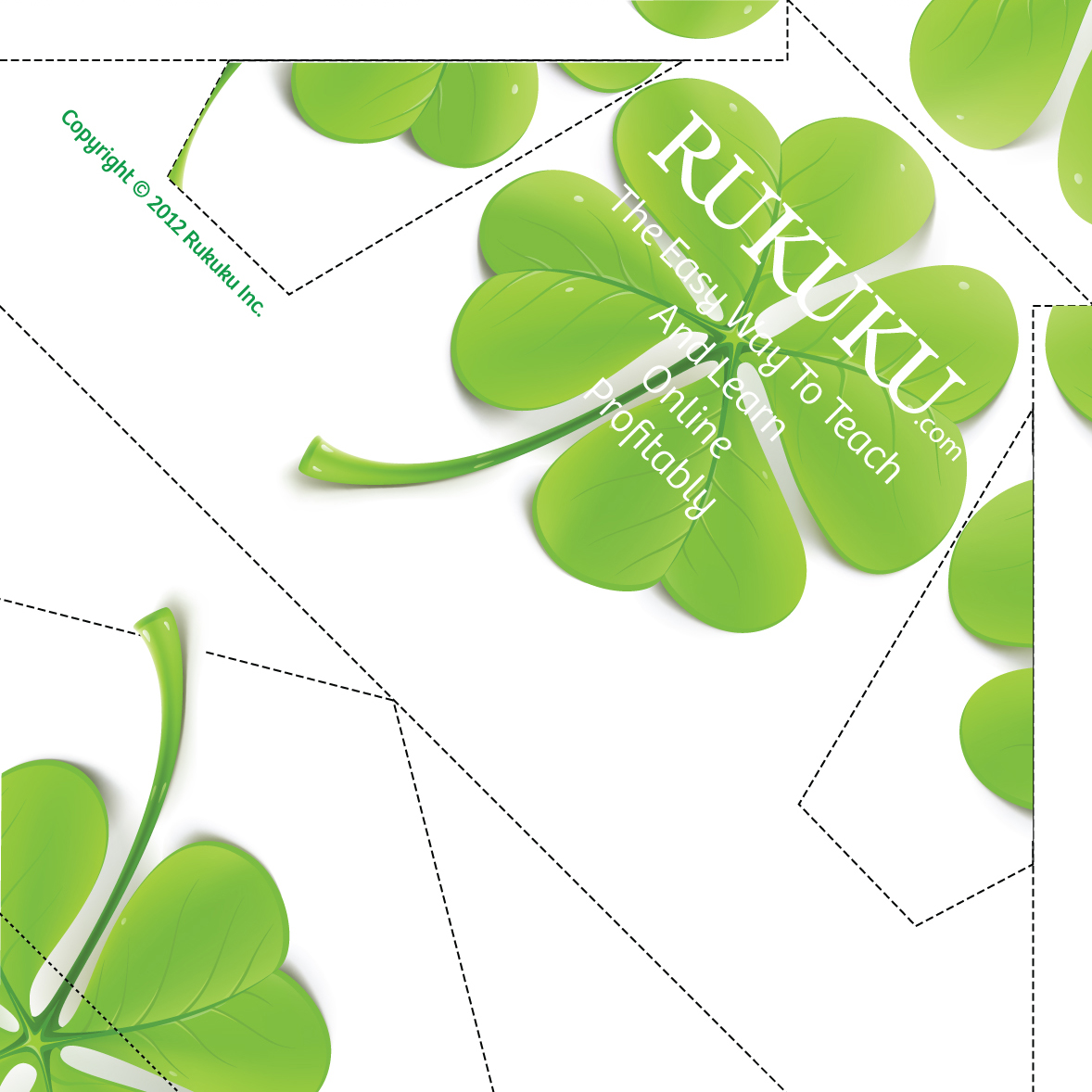Continued from previous post (Part 2) on this topic.
Extracting Pearls of Wisdom
Remember how I said that there is only a grain of truth in the notion that everyone is a genius brand name generator? I stand by my word—my thought process is as follows: since the domain name and brand have to fit the intended purpose, not all the names you come up with will be ideal or suitable for that purpose, i.e. some names are more appropriate for what they are intended than others. With this in mind the task shifted to understanding whether any of my candidate names were any good to be used as a name for an education marketplace. Here’s what I did:
- Narrow the list down to two names—I simply talked with a couple of dozen people or so and asked them to rate the names I had “good” or “bad”. The goal was to understand if the neologisms on my list sounded pleasant and evoked positive emotions. The two that emerged as champions with the largest number of “good” ratings were the ones that I subjected to the next study.
- Understand the qualities of the ideal name—In order to understand what qualities the consumers perceive as must-have in the etalon ideal name for an online educational resource, I simply collected over a 100 responses through a questionnaire on Survey Monkey
- Understand the qualities of the candidate name—the same survey achieves this goal. The questionnaire is still active, so go ahead and submit your answers before reading further. The whole process takes about one minute: http://www.surveymonkey.com/s/LJVGKK6
The goal of that questionnaire was to present the new words and collect adjectives based on spontaneous reactions, and associations with these meaningless words. The way my survey is deliberately organized in its present form and sequence, and I will explain the rationale behind this design on Friday, May 18.
My next post however, on Thursday, May 17, will be about the state of things with design in web education technology. Stay tuned!
Tomorrow is a historic day for Silicon Valley: Facebook will go public. I want to wish this great company tons of luck in their IPO.

